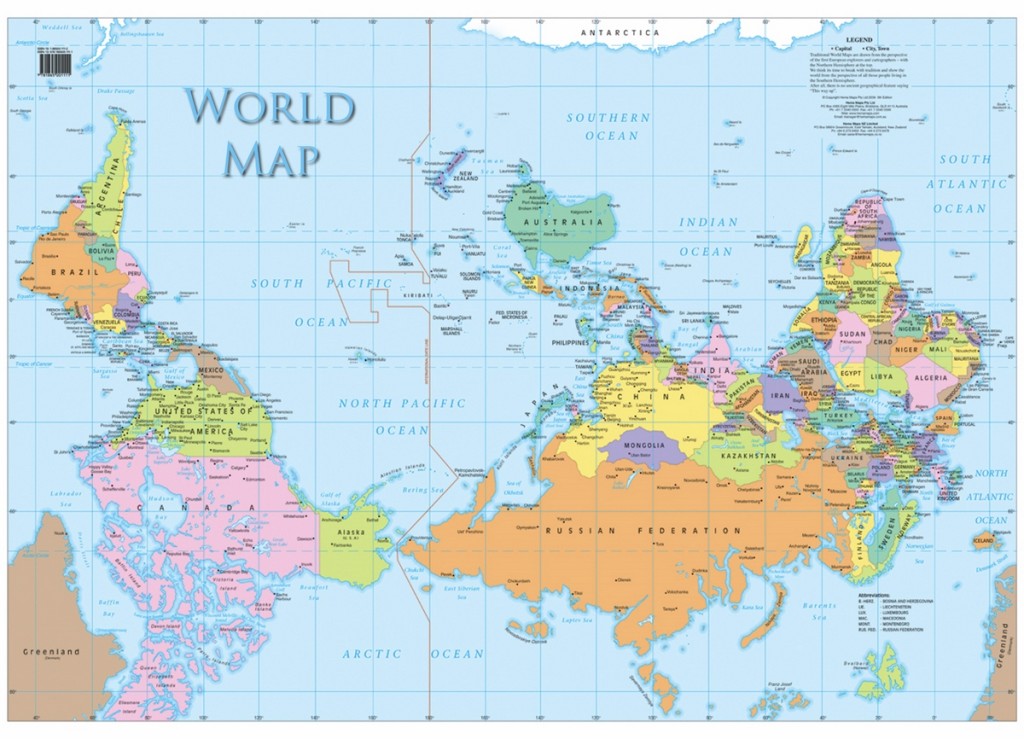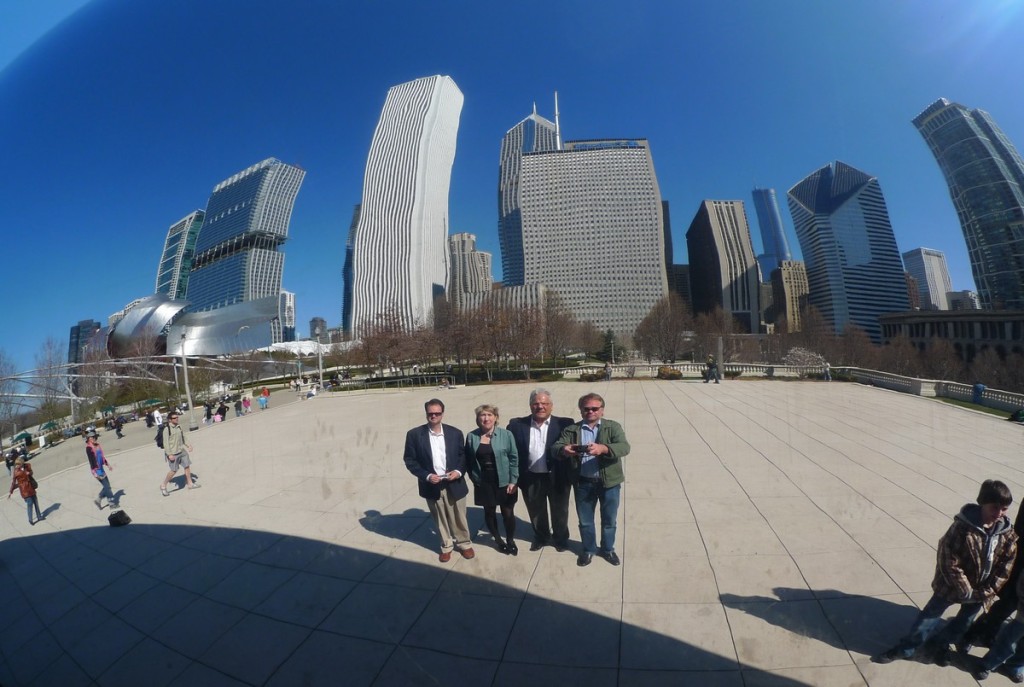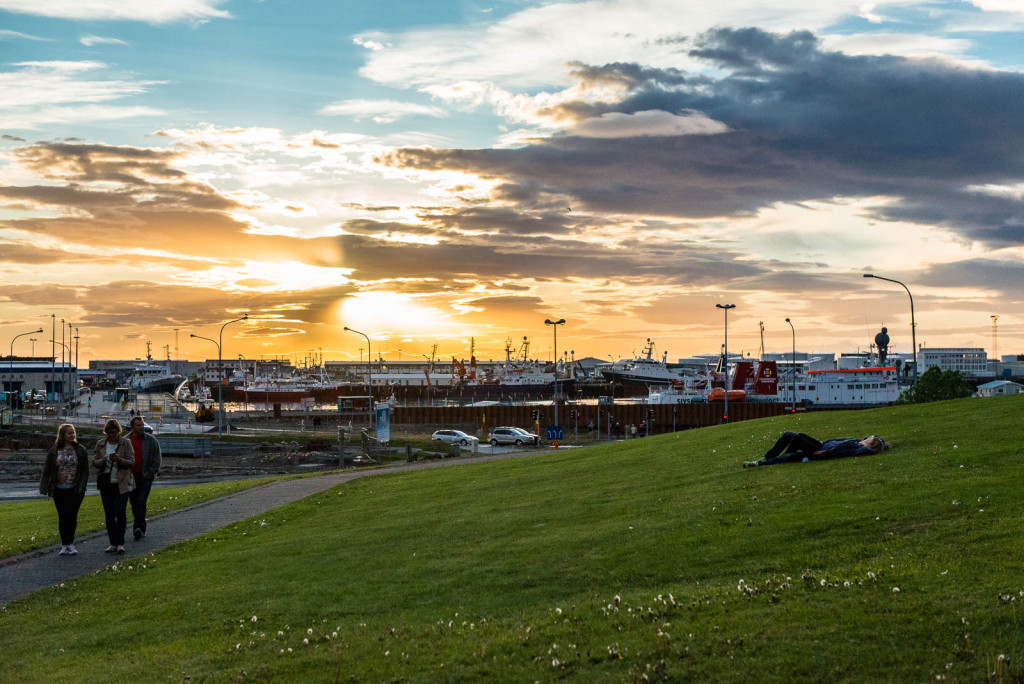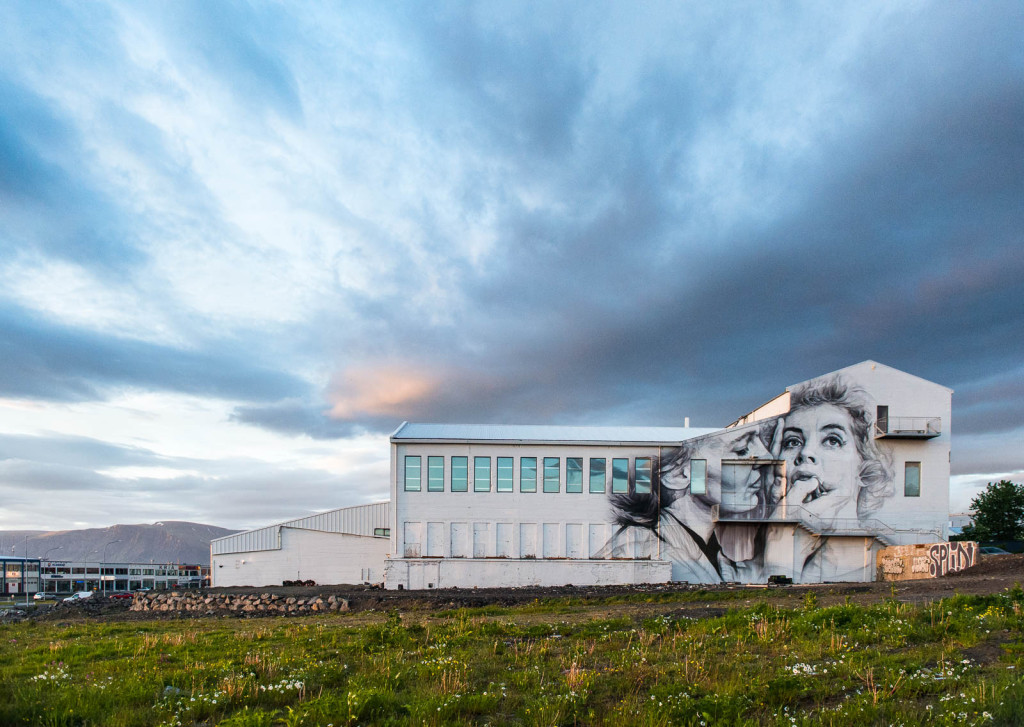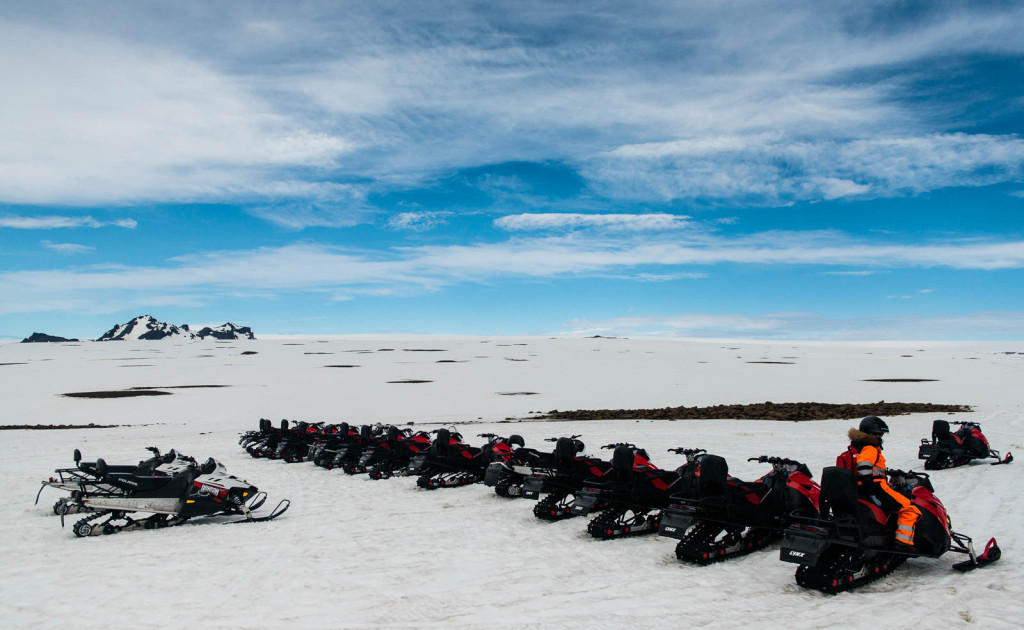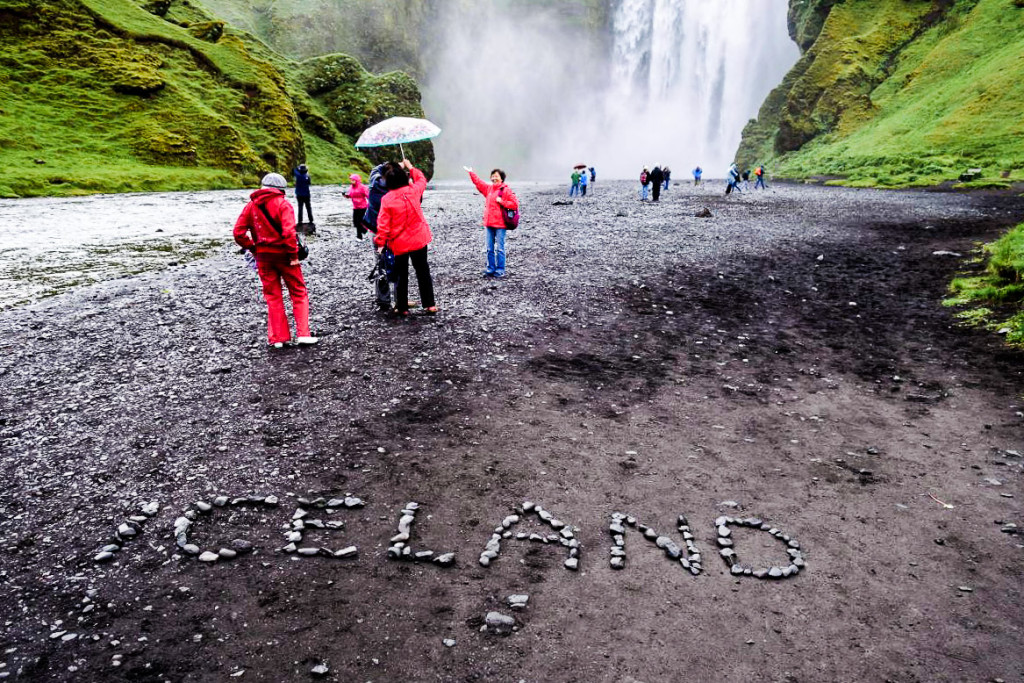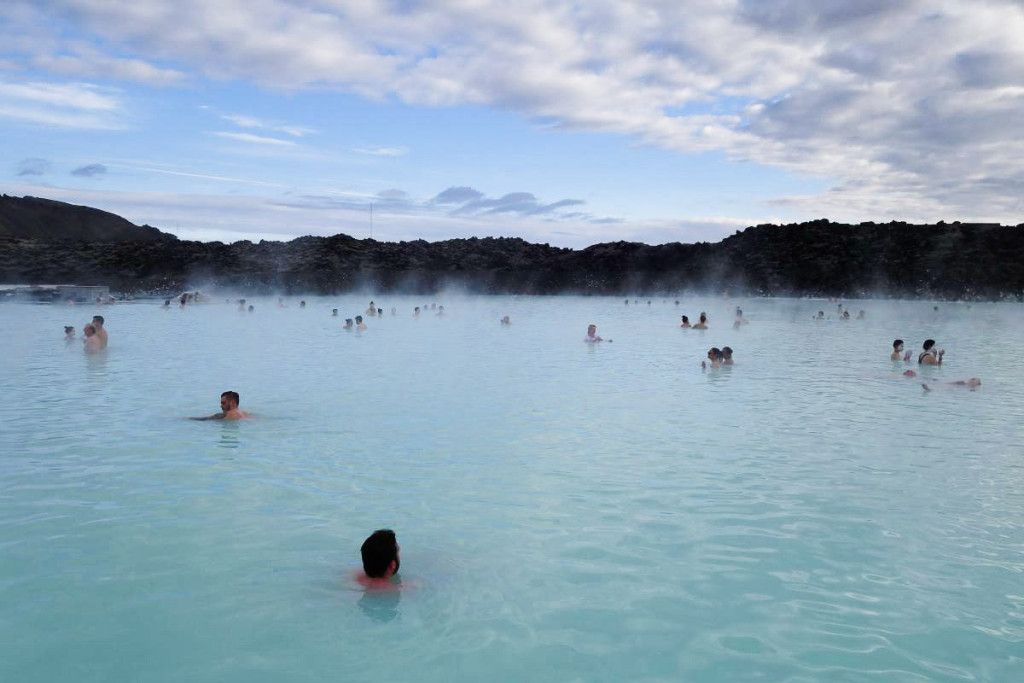Everyone’s got a basic idea of how this planet of ours is constructed, even primary school kids. It goes something like this: in the middle of the planet is the core – the nucleus; then there’s the mantle, and on the outside there’s the hard crust, upon which you’re reading this blog.
But the earth’s crust isn’t a single whole piece – it consists of tectonic plates, which float around mostly imperceptibly on the surface of the magma. And they float around in different directions – into one another, perpendicularly, or away from each other. That is, they converge, chafe one another, or diverge from one another. Along the edges of the plates there are frequent earthquakes and all sorts of volcanic activity. For those interested, check out the links above.
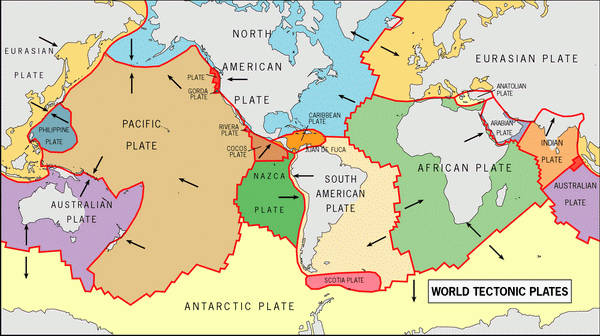
Where plates converge are to be found mountains, volcanoes, and their associated features of terra firma. We’re talking: Japan, Kamchatka, the Kurils, the Aleutians, the Andes, the Cordillera, the Himalayas, etc. Places where plates diverge are usually are on the seabed, visible on maps of sufficient quality and detail: here, under the Atlantic for example is the Mid-Atlantic Ridge. It’s here where tectonic plates move away from one another, with the space between them being filled with magma.
One of the few places where this divergence of plates occurs on land is Iceland: it’s situated along the seam between the North American and Eurasian plates. The former is moving ever-so slowly to the west, the latter ever-so slowly to the east – at a speed of 2cm a year. That is, the width of Iceland increases by two centimeters every year (not taking into account coastal erosion or, just the opposite, the expansion of the land mass on account of lava flows). 2cm a year – that’s two meters a century, 20 meters a millennium, 20 kilometers in a million years. So, if things keep going as they do, in 200 million years Iceland will become the length of Chile, and in in 300 million – the length of Russia!
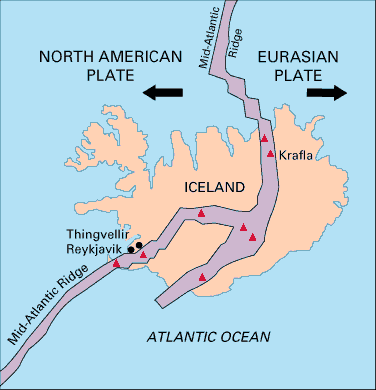
The crack in the ground along the fault line is best observed in Iceland at Þingvellir (Thingvellir).

There’s an uneven and craggy crack around five kilometers long that crosses the landscape here, plus a nice lake. This is how it all looks:

Read on: Canyons, canyons, canyons!…


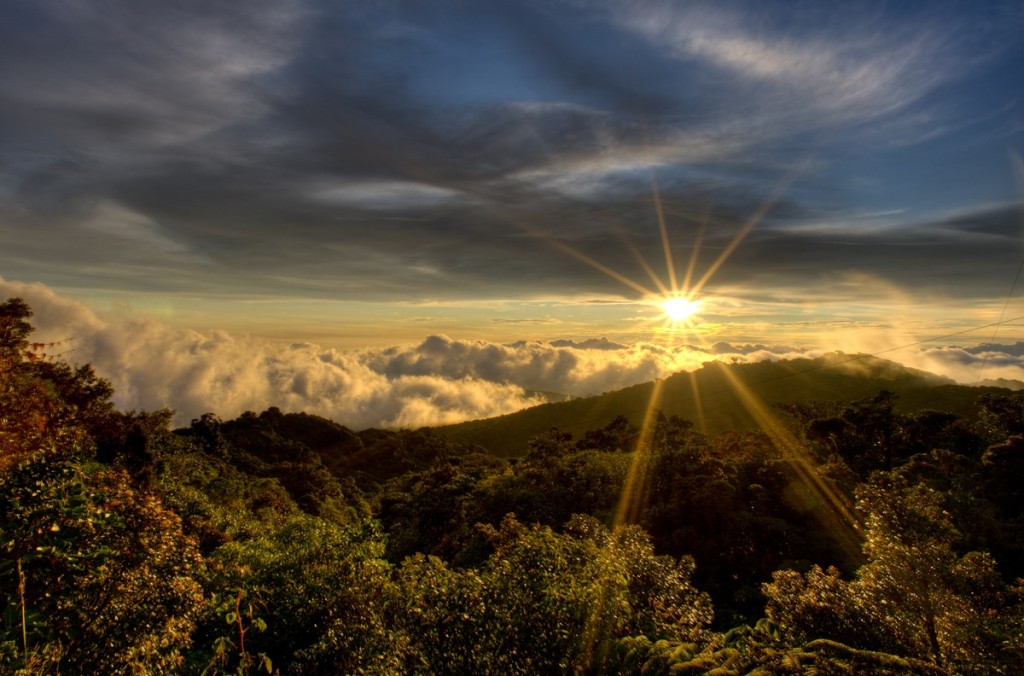








































![YOU CAN NEVER GET TOO MANY AWARDS. SEE 1ST COMMENT FOR ENGLISH ⏩
"А из нашего окна страна Австрия видна!" - практически (с). Но в этих австриях я был не смотреть из окна, а по многочисленным деловым делам, первое из которых - лично получить несколько важных наград и множество сертификатов от независимой тестовой лаборатории AV-Comparatives.
Это далеко не первая наша награда. Скажу больше - на протяжении последних десяти лет по результатам независимых тестов к нам даже близко ни один конкурент не подобрался. Но почему тогда такое внимание конкретно к этой победе? Ответ простой: густопопсовый геополитизм. В наше весьма геополитически [очень мягко говоря] непростое время... Ну, если отбросить все казённые слова, то будет, как в известном анекдоте про поручика Ржевского. В той самой истории, когда ему указали повторить свою фразу без матерщины. На что тот ответил: "Ну, в таком случае я просто молчал".
Так вот, в наше "поручико-ржевско-молчаливое время" участвовать и получить первые места в европейских тестах - это за пределами научной и ненаучной фантастики. Что в целом совпадает с одной из основных парадигм моей жизни: "Мы делаем невозможное. Возможное сделают и без нас" (с). Большими трудами и непомерными усилиями - да! Это можно! Мы заделали такие продукты, такие технологии, такую компанию - что даже в непростое время нас и в Европах знают, уважают, любят и пользуются. Ура!](https://scontent-iad3-2.cdninstagram.com/v/t51.29350-15/430076034_1096357205018744_692310533755868388_n.heic?stp=dst-jpg&_nc_cat=103&ccb=1-7&_nc_sid=18de74&_nc_ohc=XLII-tX29aoAX80SM4u&_nc_ht=scontent-iad3-2.cdninstagram.com&edm=ANo9K5cEAAAA&oh=00_AfBINCtkZ3-r_aTvdSC36JELI05V6PuBnMWs672PK3GsBQ&oe=65E63D48)



